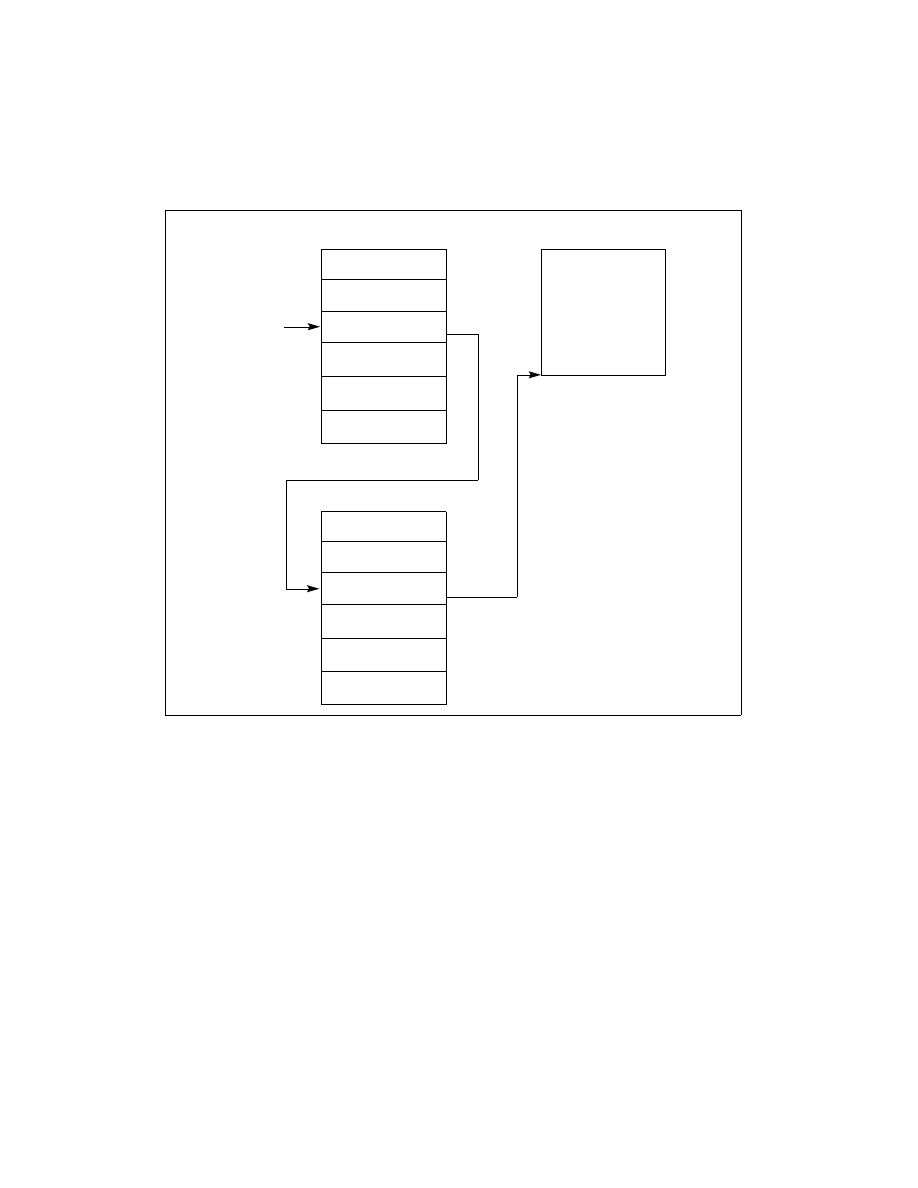
Vol. 3A 6-15
INTERRUPT AND EXCEPTION HANDLING
NOTE
Because IA-32 architecture tasks are not re-entrant, an interrupt-handler task must disable
interrupts between the time it completes handling the interrupt and the time it executes the IRET
instruction. This action prevents another interrupt from occurring while the interrupt task’s TSS is
still marked busy, which would cause a general-protection (#GP) exception.
6.13 ERROR
CODE
When an exception condition is related to a specific segment selector or IDT vector, the processor pushes an error
code onto the stack of the exception handler (whether it is a procedure or task). The error code has the format
shown in Figure 6-6. The error code resembles a segment selector; however, instead of a TI flag and RPL field, the
error code contains 3 flags:
EXT
External event (bit 0) — When set, indicates that the exception occurred during delivery of an
event external to the program, such as an interrupt or an earlier exception.
IDT
Descriptor location (bit 1) — When set, indicates that the index portion of the error code refers
to a gate descriptor in the IDT; when clear, indicates that the index refers to a descriptor in the GDT
or the current LDT.
TI
GDT/LDT (bit 2) — Only used when the IDT flag is clear. When set, the TI flag indicates that the
index portion of the error code refers to a segment or gate descriptor in the LDT; when clear, it indi-
cates that the index refers to a descriptor in the current GDT.
Figure 6-5. Interrupt Task Switch
IDT
Task Gate
TSS for Interrupt-
TSS Selector
GDT
TSS Descriptor
Interrupt
Vector
TSS
Base
Address
Handling Task